
Place of orign: Guangdong, China
Brand name: GH/OEM
Product category: telephone cable
Application: communication
Connector1: RJ11 plug
Connector2: 6p6c / 6p4c
Conductor: bare copper / tinned copper
Length: 1m,3m,5m/customized
Cable spec: CAT3
Cable jacket: PU / PVC / PUR / TPE
Cable color: black / white / red / optional
Certification: UL. RoHS, CE
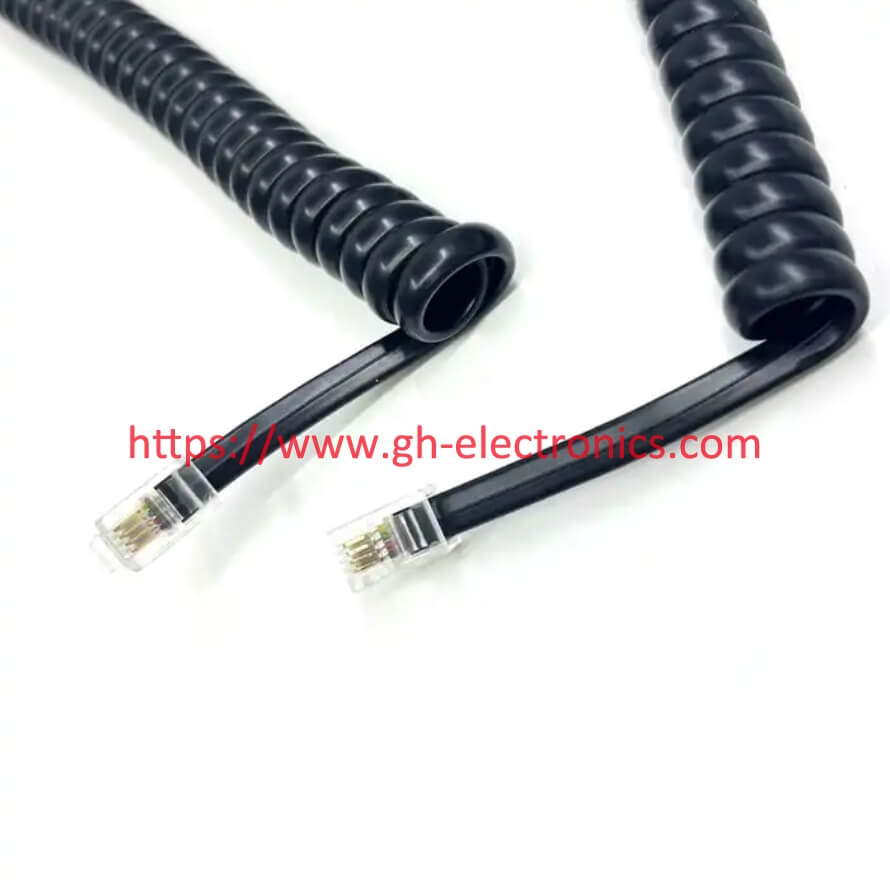
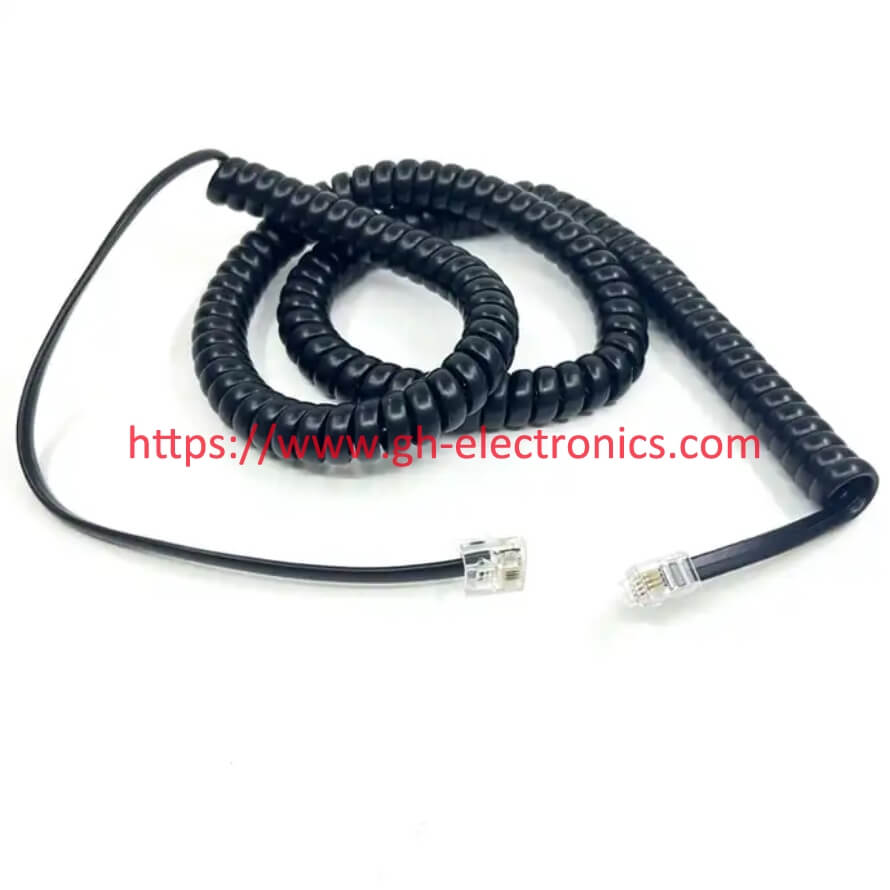
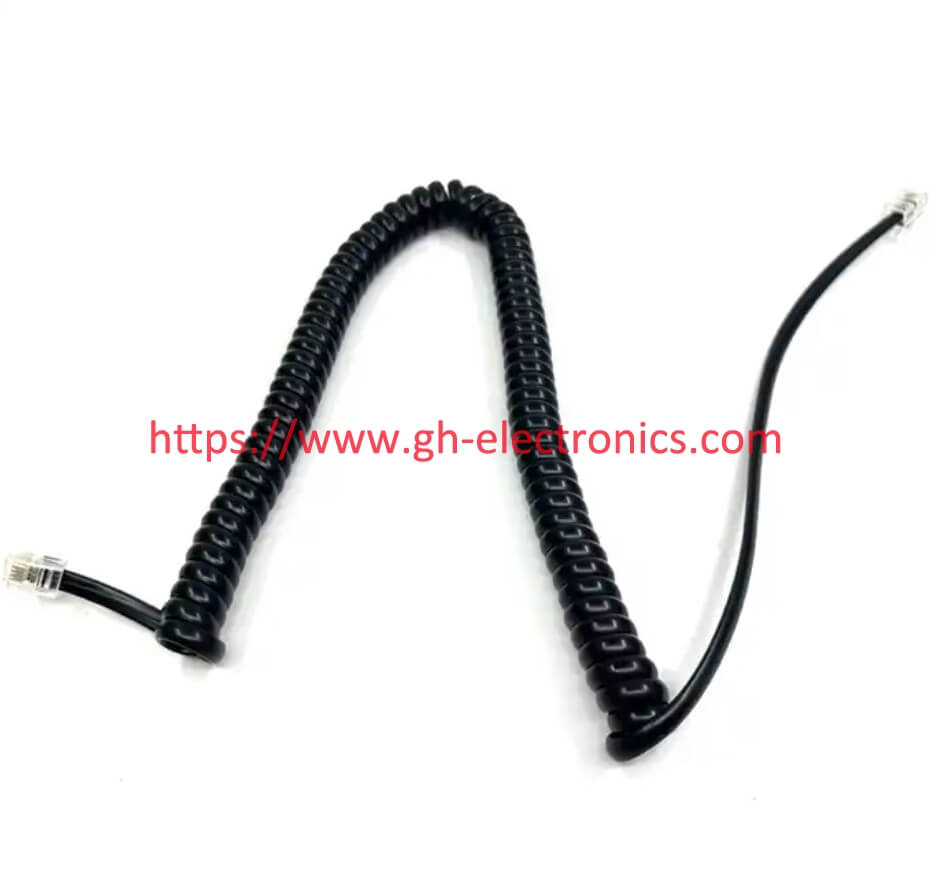
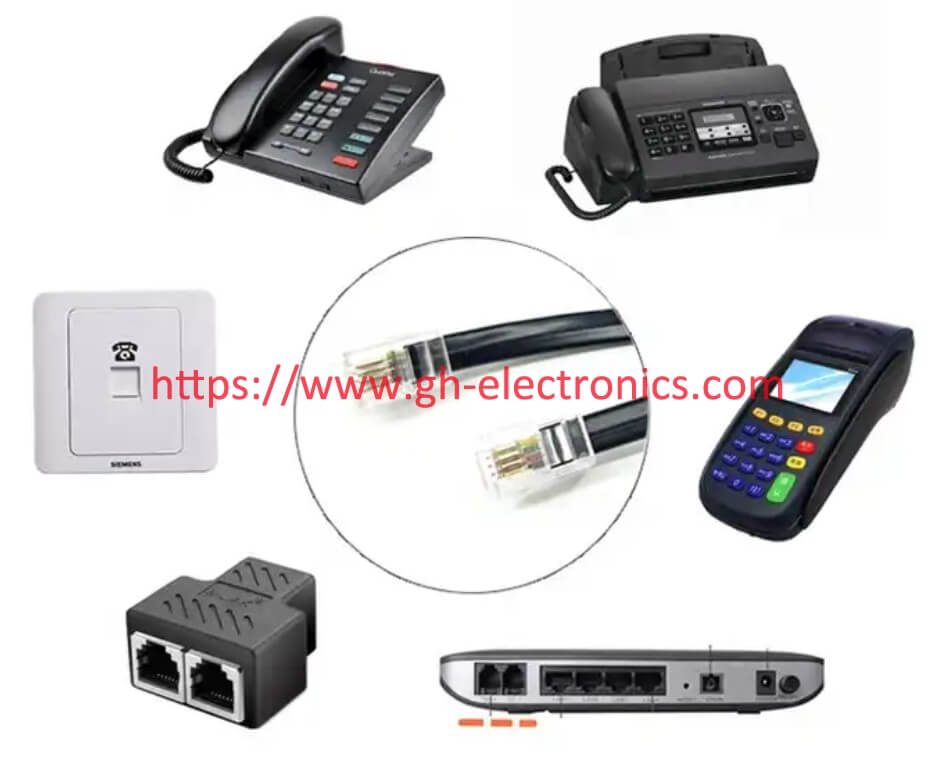
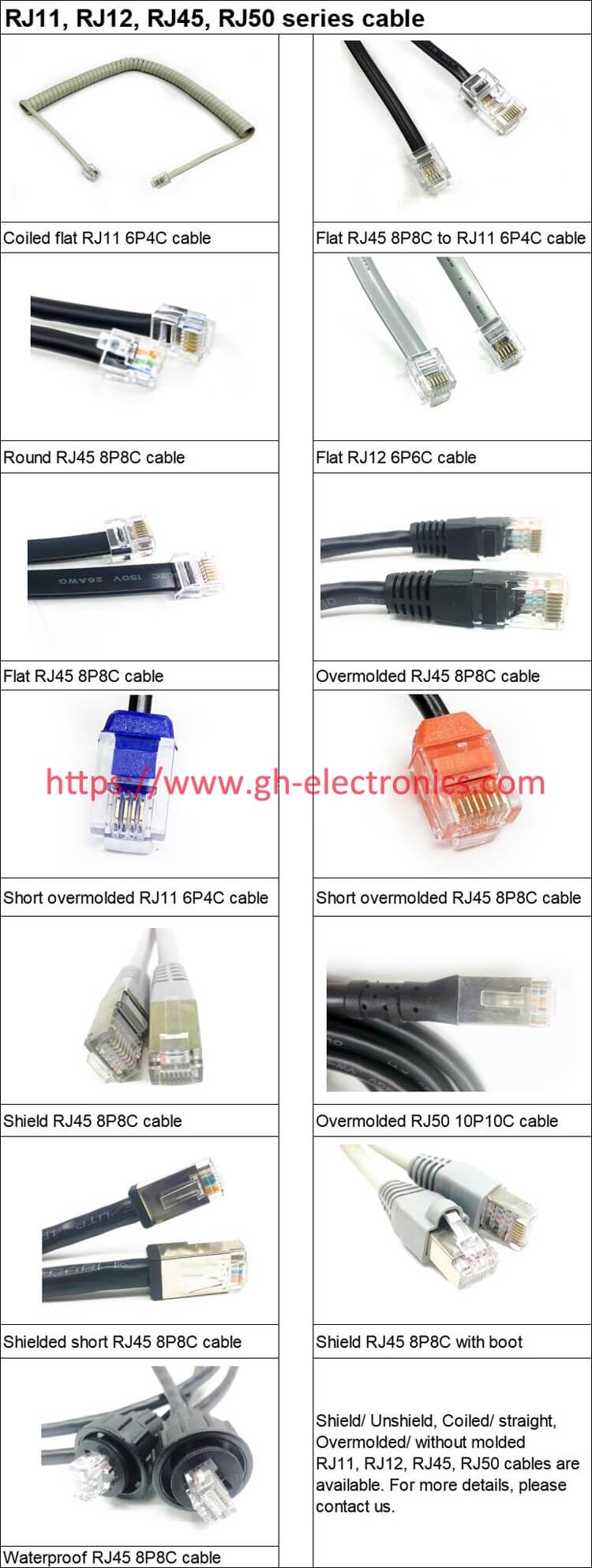
Telephone cables come in various types, each designed for different purposes and transmission requirements. Here are some common types of telephone cables:
Twisted Pair Cable: This is the most widely used type of telephone cable. It consists of two insulated copper wires twisted together in a helical pattern. Twisted pair cables can be shielded (STP) or unshielded (UTP). UTP cables are commonly used in residential and small-scale telephone installations, while STP cables are employed in environments with higher levels of electromagnetic interference.
Coaxial Cable: Although primarily used for cable television (CATV) and broadband Internet, coaxial cables can also be utilized for telephone communication. They consist of a central conductor, insulation, a metallic shield, and an outer insulating layer. Coaxial cables are known for their ability to transmit signals over longer distances and offer better shielding against interference.
Fiber Optic Cable: Fiber optic cables use strands of glass or plastic fibers to transmit telephone signals as pulses of light. They provide high-speed, long-distance transmission capabilities and are commonly used in modern telecommunications networks. Fiber optic cables are immune to electromagnetic interference, offering improved signal quality and reliability.
Ethernet Cable: While primarily used for computer networking, Ethernet cables can also be employed for Voice over Internet Protocol (VoIP) telephone systems. These cables typically follow the standards defined by the Category 5e (
Cat 5e) or Category 6 (
Cat6 cable) specifications, ensuring reliable transmission of both data and voice signals.
Multi-Pair Cable: Multi-pair cables consist of multiple twisted pairs bundled together within a single jacket. They are commonly used in larger-scale telephone installations, such as office buildings or telephone exchange centers, where numerous lines need to be connected.
Ribbon Cable: Ribbon cables are flat cables that contain multiple insulated conductors aligned side by side. They are often used for internal wiring within telephone systems and can streamline installation due to their compact form.
These are some of the commonly used telephone cable types. The choice of cable depends on factors such as the distance of transmission, required signal quality, electromagnetic interference, and specific application requirements.





